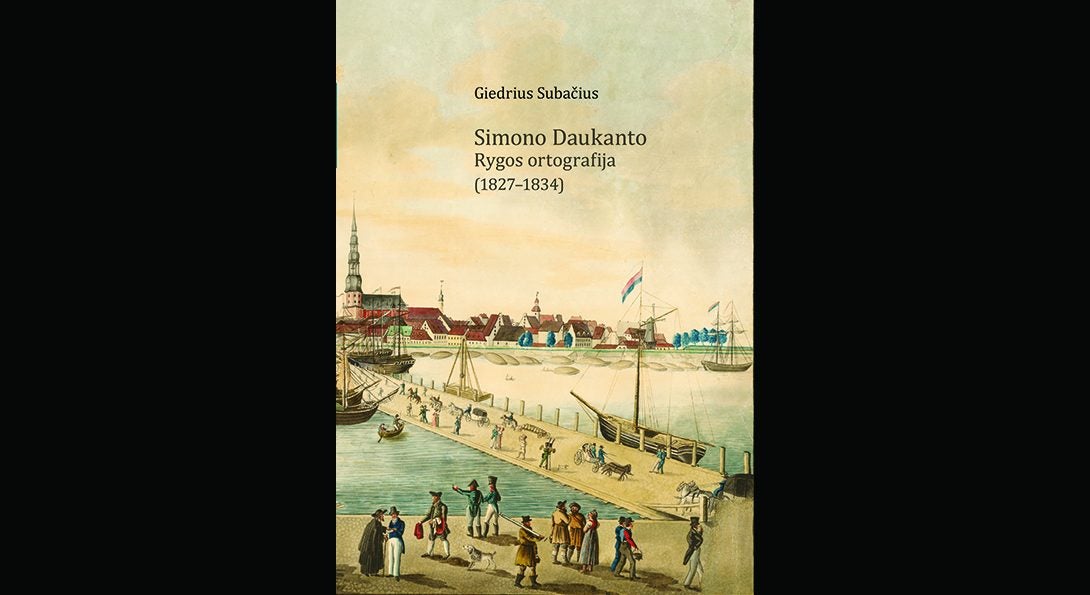New monograph by Giedrius Subačius

Prof. Giedrius Subačius from the Department of Slavic and Baltic Languages and Literatures published new monograph “Simonas Daukantas’s Rīga Orthography (1827–1834)” (in Lithuanian; Vilnius: Institute of Lithuanian History, 472 pp.) It deals with the development of Daukantas’s orthography in manuscripts during his life period in Rīga (nowadays Latvian capital city). Subačius reconstructs his orthographic laboratory, uncovers the reasons of especially numerous (perhaps the most numerous in the entire history of Lithuanian) orthographic variants, their relation, succession, cultural meanings, and phonetic correlation. Combining analysis of changing orthographic features and the sorts of papers that Daukantas used, Subačius has determined much more precise time of compilation of 10 Daukantas’s manuscripts (e.g. “Istorija žemaitiška” [History of Lithuanian Lowlands]—was compiled in 1831–1834, after the failed insurrection against the Russian Imperia). Subačius has also reconstructed the model of Daukantas’s linguistic politics: Daukantas was most interested in the ideology of the Lithuanian language, in planning the status of Lithuanian, in search of the place for this language among other languages. The concrete planning of linguistic corpus, of linguistic forms and orthography, however, were not of the primary concern to him. This allowed Daukantas to play with his orthography, to use spelling variants for ornamentation purposes. Subačius proved that in certain instances Daukantas must have correlated the shapes of the graphemes; he chose some letters just because of their graphic form—aesthetic composition of the written signs mattered.
Subačius provided new evidence on how medium constrains orthographic preferences of the text and how, in the manuscript culture, the political (ideological) message of the text may suppress the importance of linguistic uniformity (norm). Daukantas must have considered his orthography of lesser importance than materiality of the “History of Lithuanian Lowlands” volume: special paper, accurate almost calligraphic longhand, and luxurious binding in leather (all in all 1106 pages in folio). To impress his potential readers by the physical characteristics of his manuscripts must have been a political strategy of Daukantas. In the end, his political idea of Lithuanian in Lithuania was implemented, though concrete models of his orthography were rejected.